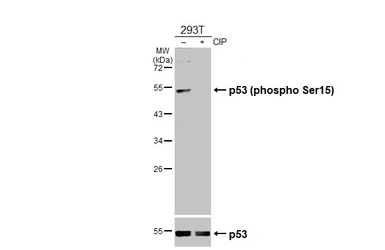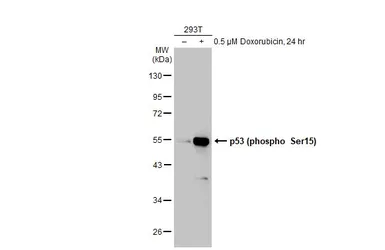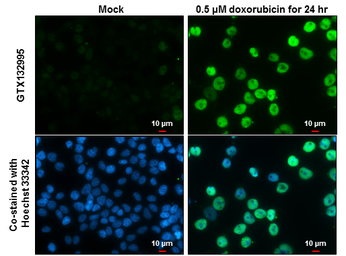p53 (phospho Ser15) antibody
Cat. No. GTX132995
Cat. No. GTX132995
-
HostRabbit
-
ClonalityPolyclonal
-
IsotypeIgG
-
ApplicationsWB ICC/IF
-
ReactivityHuman



